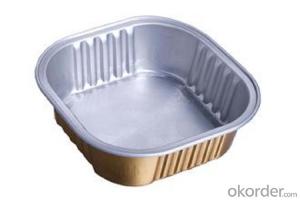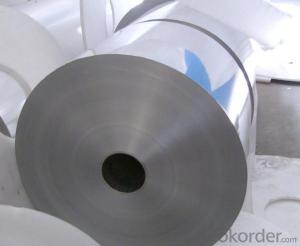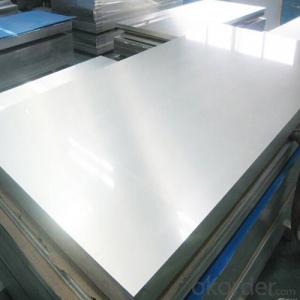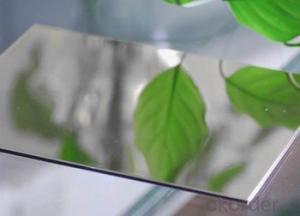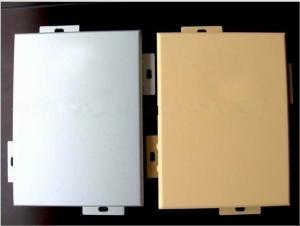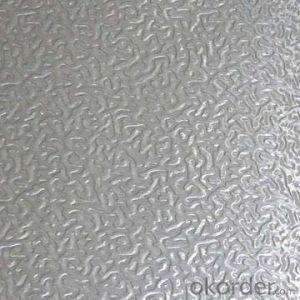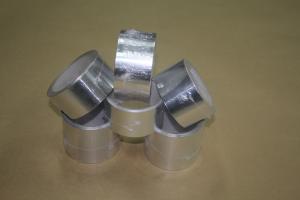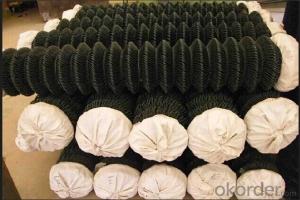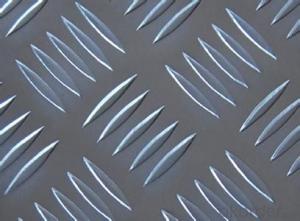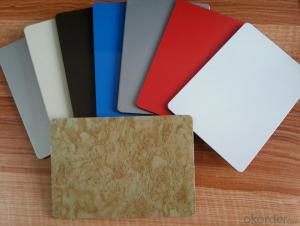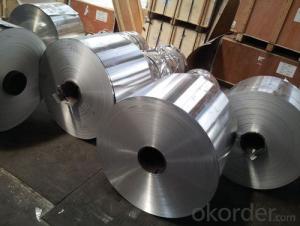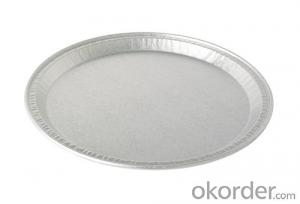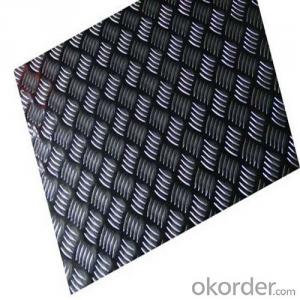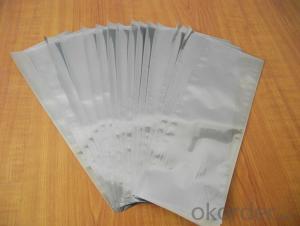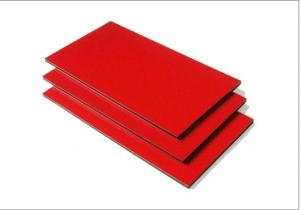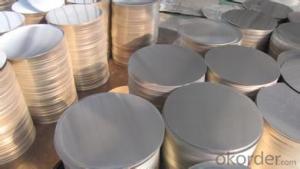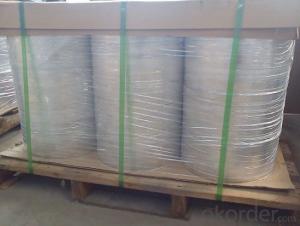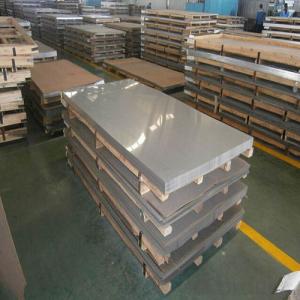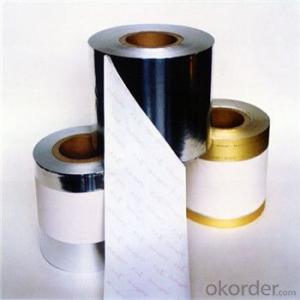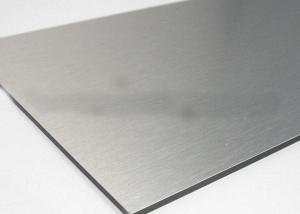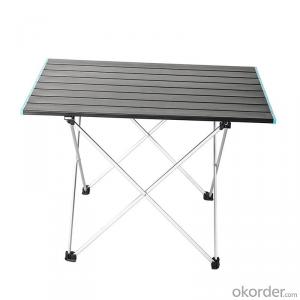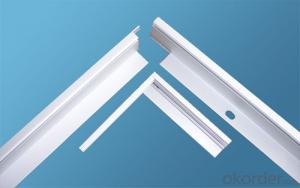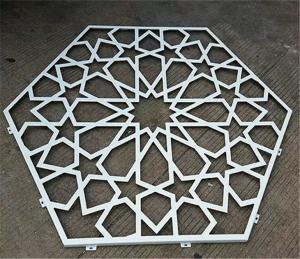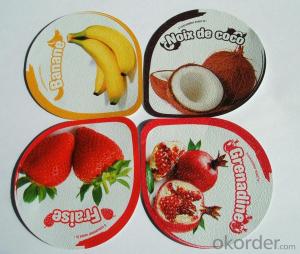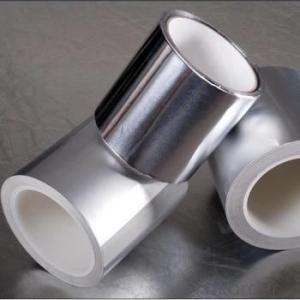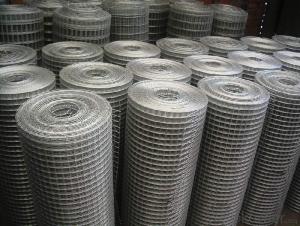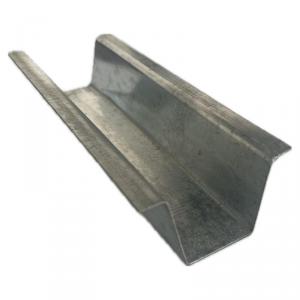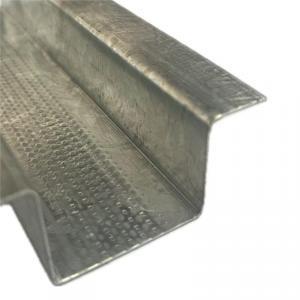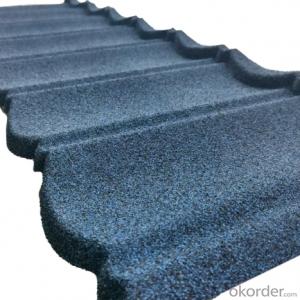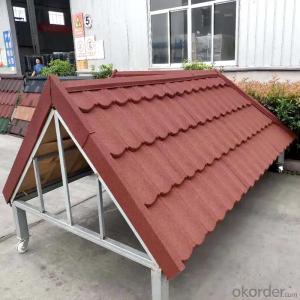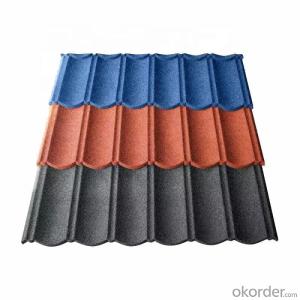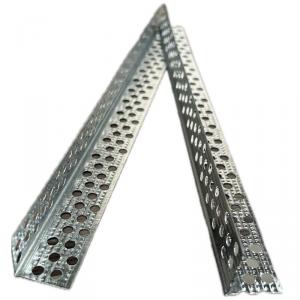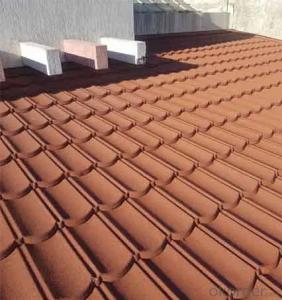Pixelmon Reforged Aluminum Plate
Pixelmon Reforged Aluminum Plate Related Searches
Pixelmon Aluminum Plate Pixelmon Crafting Aluminum Plate Pixelmon Aluminum Plate Recipe Aluminum Dimond Plate Textured Aluminum Plate Polished Aluminum Plate Aluminum Armor Plate Ribbed Aluminum Plate Aluminum Metal Plate Aluminum Dimple Plate Perforated Aluminum Plate Aluminum Grill Plate Aluminum Profile Plate Aluminum Precision Plate Precision Aluminum Plate Minecraft Aluminum Plate Milled Aluminum Plate Aluminum Mounting Plate Finned Aluminum Plate Aluminum Push Plate Aluminum Surface Plate Aluminum Pattern Plate Decorative Aluminum Plate Aluminum Charger Plate Aluminum Wall Plate Extruded Aluminum Plate Aluminum Checkered Plate Aluminum Pressure Plate Aluminum Cover Plate Aluminum Cast PlatePixelmon Reforged Aluminum Plate Supplier & Manufacturer from China
Pixelmon Reforged Aluminum Plate is a unique product that has gained popularity among enthusiasts of the Pixelmon Reforged game. This specialized item is essential for players looking to enhance their in-game experience by providing them with a powerful tool to upgrade their Pokémon. The Aluminum Plate is designed to boost the effectiveness of Steel-type moves, making it a valuable asset for trainers who have Steel-type Pokémon in their team. This product is not only limited to in-game use, as it can also be utilized in various real-life applications, such as customizing gaming accessories or creating unique collectibles for fans of the game.The Pixelmon Reforged Aluminum Plate is widely used in various scenarios, such as in battles, tournaments, and even role-playing events. Players can attach the plate to their Pokémon, enhancing their abilities and giving them a competitive edge in the game. This product is also popular among collectors and fans who enjoy customizing their gaming gear or creating unique memorabilia related to the Pixelmon Reforged game. The Aluminum Plate can be easily integrated into various designs, making it a versatile item for both in-game and real-life applications.
Okorder.com is a reputable wholesale supplier of the Pixelmon Reforged Aluminum Plate, offering a large inventory to cater to the needs of various customers. They provide a reliable source for those looking to purchase this product in bulk, ensuring that the quality and authenticity of the Aluminum Plate are maintained. With Okorder.com's extensive inventory, customers can rest assured that they will receive the desired quantity of Pixelmon Reforged Aluminum Plates to fulfill their requirements, whether for personal use or for resale purposes.
Hot Products






